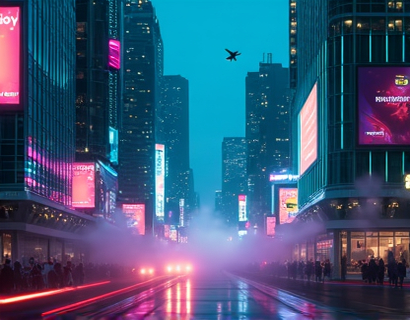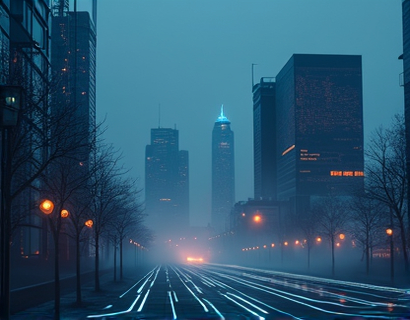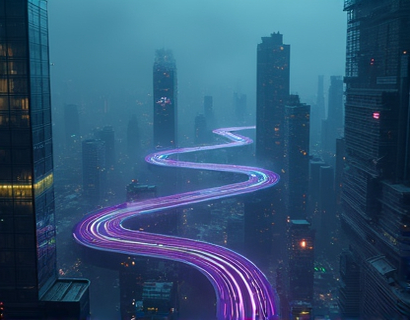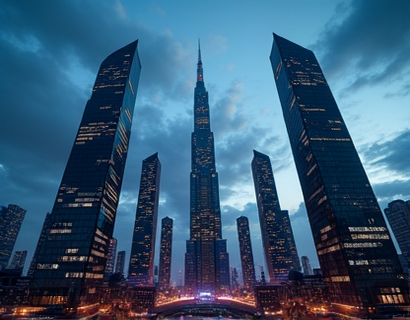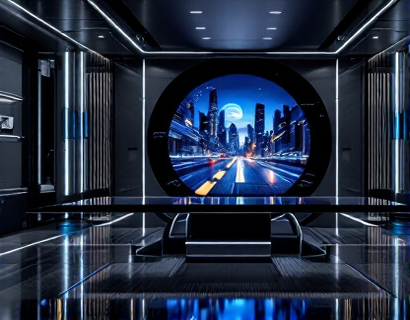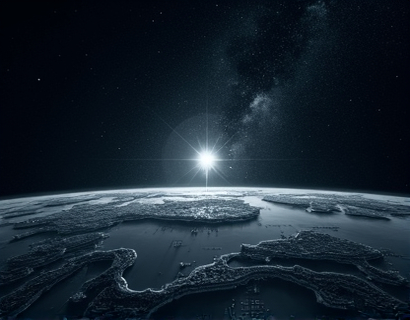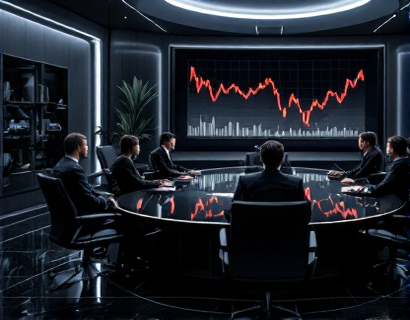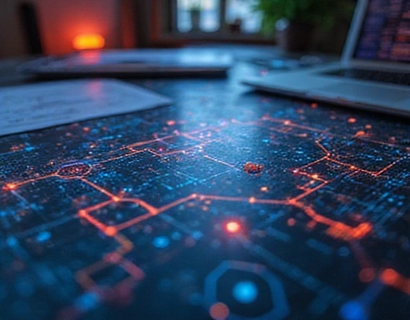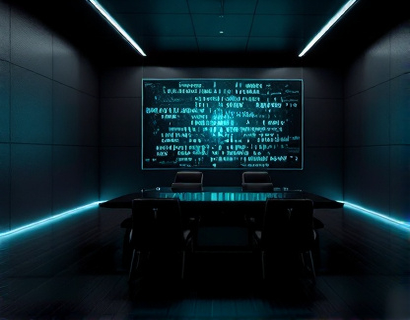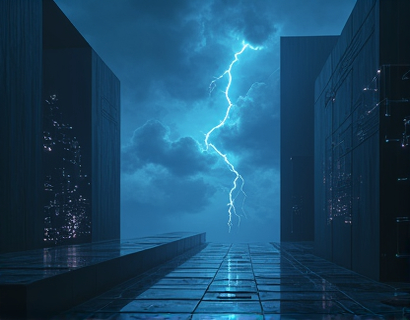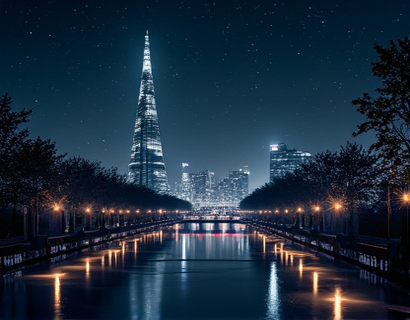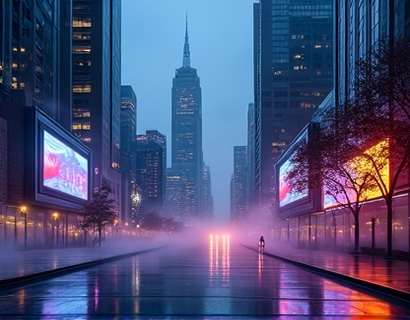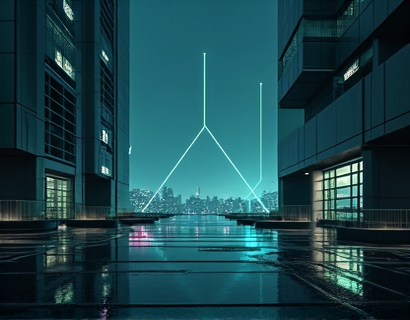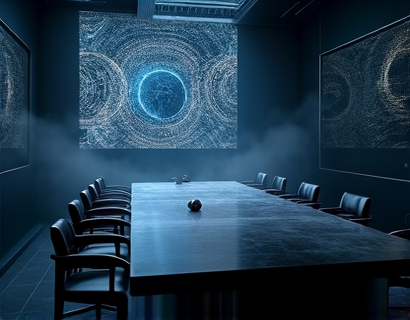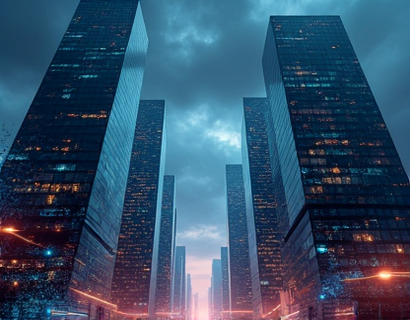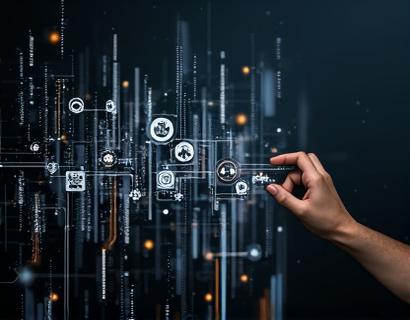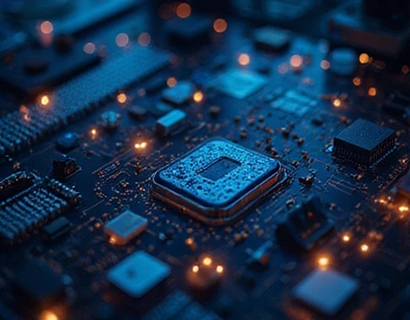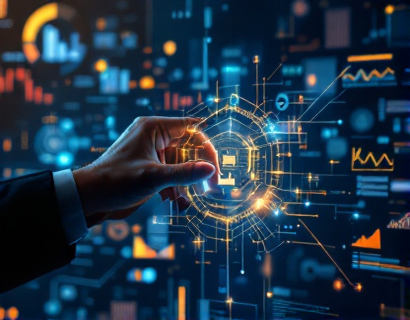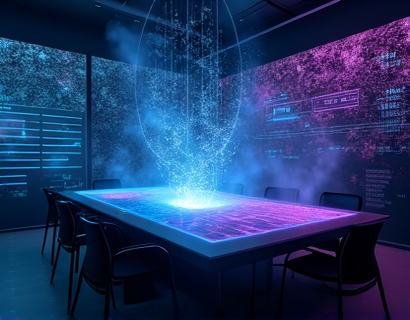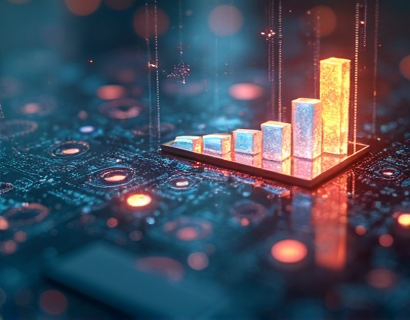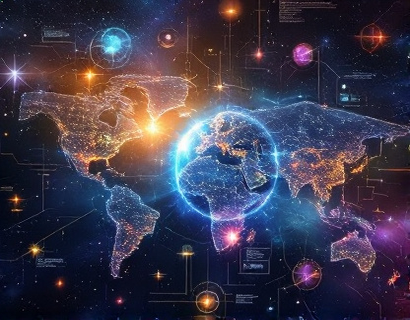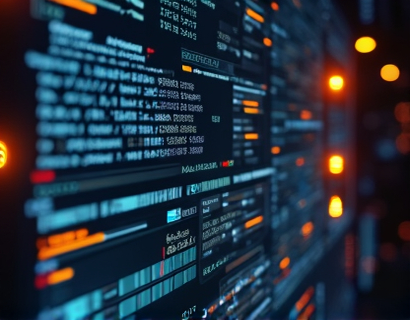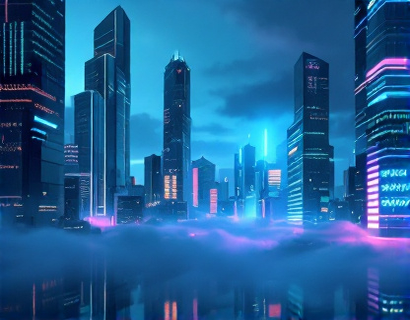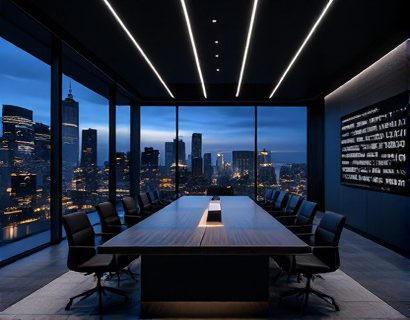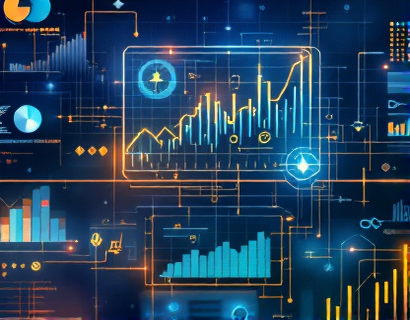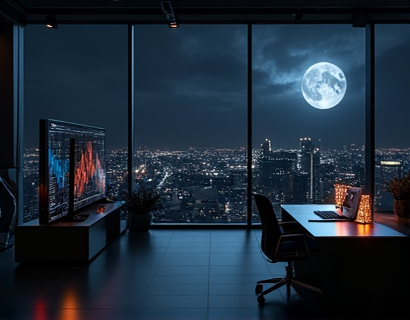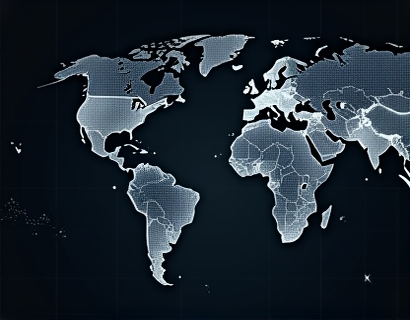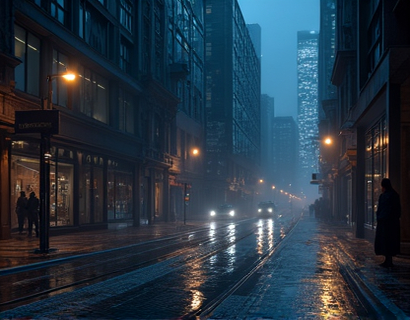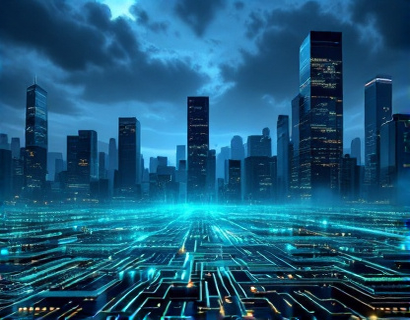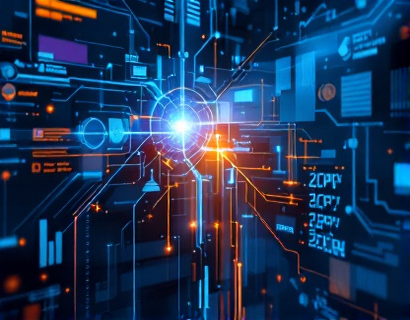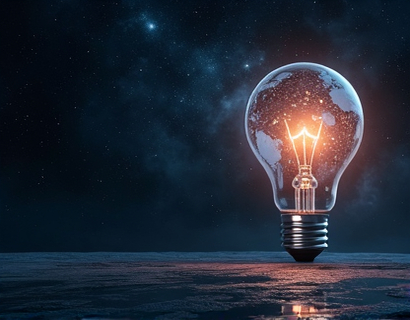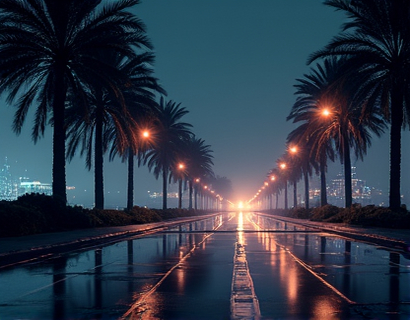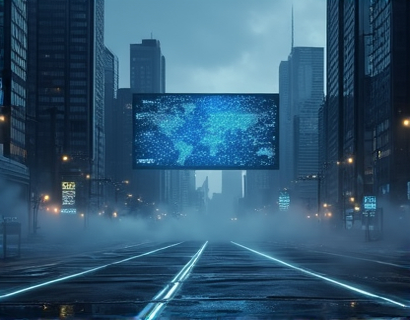Unlocking Creativity with AI: Transforming Concepts into Stunning Art
The intersection of technology and art has given rise to innovative tools that empower creators to bring their visions to life with unprecedented ease and sophistication. In this era of digital advancement, the ability to transform abstract ideas into tangible visual masterpieces is more accessible than ever. This article delves into the realm of intelligent image generation, exploring how AI-driven platforms are revolutionizing the creative process for artists and businesses alike.
The Rise of AI in Creative Industries
The integration of artificial intelligence in creative fields marks a significant paradigm shift. Traditionally, the process of creating art involved a deep level of skill, practice, and often, a considerable amount of time. With the advent of AI, this process has been streamlined, allowing for the rapid generation of high-quality images based on textual descriptions. This technology not only saves time but also opens up new avenues for creativity, enabling users to explore ideas that might have been difficult or impossible to realize manually.
How AI Image Generation Works
At the core of this creative revolution is the technology behind AI image generation. These systems utilize deep learning algorithms, specifically generative adversarial networks (GANs) and variational autoencoders (VAEs), to understand and generate visual content. The process begins with a user providing a descriptive prompt, which the AI then interprets to generate an image. This involves multiple stages of processing, including the analysis of the prompt, the generation of initial image fragments, and iterative refinement to produce a coherent and high-quality final image.
Generative Adversarial Networks (GANs)
GANs consist of two neural networks: the generator and the discriminator. The generator creates images, while the discriminator evaluates them, distinguishing between real and fake images. Through an adversarial process, the generator learns to produce more realistic images, and the discriminator becomes better at distinguishing real from generated images. This back-and-forth training results in the generator producing highly detailed and realistic images that can mimic various artistic styles and genres.
Variational Autoencoders (VAEs)
VAEs, on the other hand, focus on learning a compressed representation of the input data, known as the latent space. This latent space captures the essential features of the data, allowing the model to generate new, similar data points. In the context of image generation, a VAE can take a textual description and map it to a point in the latent space, which is then decoded into an image. This approach often results in images that are not only realistic but also diverse and creative.
Benefits for Artists and Creatives
For individual artists and creative professionals, AI image generation offers a powerful tool to enhance their workflow and expand their creative horizons. Here are some key benefits:
- Time Efficiency: AI can generate high-quality images rapidly, allowing artists to focus on other aspects of their work or to produce multiple iterations quickly.
- Inspiration and Exploration: The ability to experiment with different styles and concepts without the constraints of manual creation can lead to new and exciting artistic directions.
- Accessibility: Artists with varying levels of technical skill can use these tools, democratizing access to high-quality visual content.
- Collaboration: AI can serve as a collaborative partner, offering suggestions and variations that might not have been considered otherwise.
Applications for Businesses
Businesses across various industries can leverage AI image generation to enhance their visual content and stand out in a crowded market. Some applications include:
- Marketing and Advertising: Creating unique and engaging visuals for campaigns, social media, and advertisements.
- Product Design: Generating prototypes and visualizations of products before physical production, saving time and resources.
- Brand Identity: Developing consistent and compelling visual branding elements, such as logos, icons, and backgrounds.
- User Experience: Enhancing websites and applications with high-quality, contextually relevant images.
The Creative Process with AI
The process of using AI for image generation is both intuitive and flexible. Here’s a step-by-step guide to getting started:
Step 1: Define Your Concept
The first step is to clearly define the concept or idea you want to visualize. This could be a specific scene, a character, an object, or an abstract concept. The more detailed and specific your prompt, the better the AI can understand and execute your vision.
Step 2: Input the Prompt
Most AI image generation platforms provide a user-friendly interface where you can input your textual prompt. Some platforms may offer pre-defined categories or styles to help guide your prompt.
Step 3: Generate the Image
After entering your prompt, the AI processes the information and generates one or more images. This process can take anywhere from a few seconds to several minutes, depending on the complexity of the prompt and the capabilities of the AI system.
Step 4: Review and Refine
Examine the generated images and select the one that best fits your vision. Many platforms allow for iterative refinement, where you can provide additional prompts or adjustments to the AI to fine-tune the image.
Step 5: Export and Use
Once satisfied with the result, export the image in your desired format. The image can then be used in various applications, from digital projects to physical prints.
Case Studies and Real-World Applications
To better understand the practical applications of AI image generation, let’s look at some real-world examples:
Example 1: Fashion Industry
A fashion brand used AI-generated images to create virtual fashion shows, showcasing their designs without the need for physical models or locations. This not only saved costs but also allowed for a wider reach, as the images could be easily shared online.
Example 2: Video Game Development
Game developers utilized AI to generate detailed environments and characters, accelerating the pre-production process. This enabled them to focus on gameplay mechanics while having high-quality visual assets to work with.
Example 3: Interior Design
Interior designers used AI to create custom room visualizations for clients, allowing them to see how different furniture and decor options would look in a space before any physical changes were made.
Challenges and Considerations
While AI image generation offers numerous benefits, there are also challenges and considerations to keep in mind:
- Quality and Realism: While AI has made significant strides, the quality and realism of generated images can vary. High-level prompts and advanced AI systems generally produce better results.
- Copyright and Originality: Ensuring that generated images do not infringe on copyright laws is crucial. Using AI to create entirely new and original content is recommended.
- Ethical Considerations: The use of AI in creative fields raises ethical questions, such as the potential for misuse or the impact on traditional artists. It’s important to use these tools responsibly and ethically.
Future Trends in AI Image Generation
The field of AI image generation is rapidly evolving, with several trends shaping its future:
- Improved Realism: Continuous advancements in AI algorithms will lead to even more realistic and detailed images.
- Interactive Generation: Platforms may offer more interactive experiences, allowing users to influence the generation process in real-time.
- Integration with Other Technologies: Combining AI with augmented reality (AR) and virtual reality (VR) will open new possibilities for immersive creative experiences.
- Accessibility: User interfaces will become more intuitive, making AI image generation accessible to a broader audience.
Conclusion
The integration of AI in creative processes is transforming the way artists and businesses approach visual content creation. By leveraging the power of intelligent image generation, users can unlock new levels of creativity, efficiency, and innovation. As the technology continues to evolve, the potential for groundbreaking artistic and commercial applications is vast, promising an exciting future for all who embrace this digital canvas.



